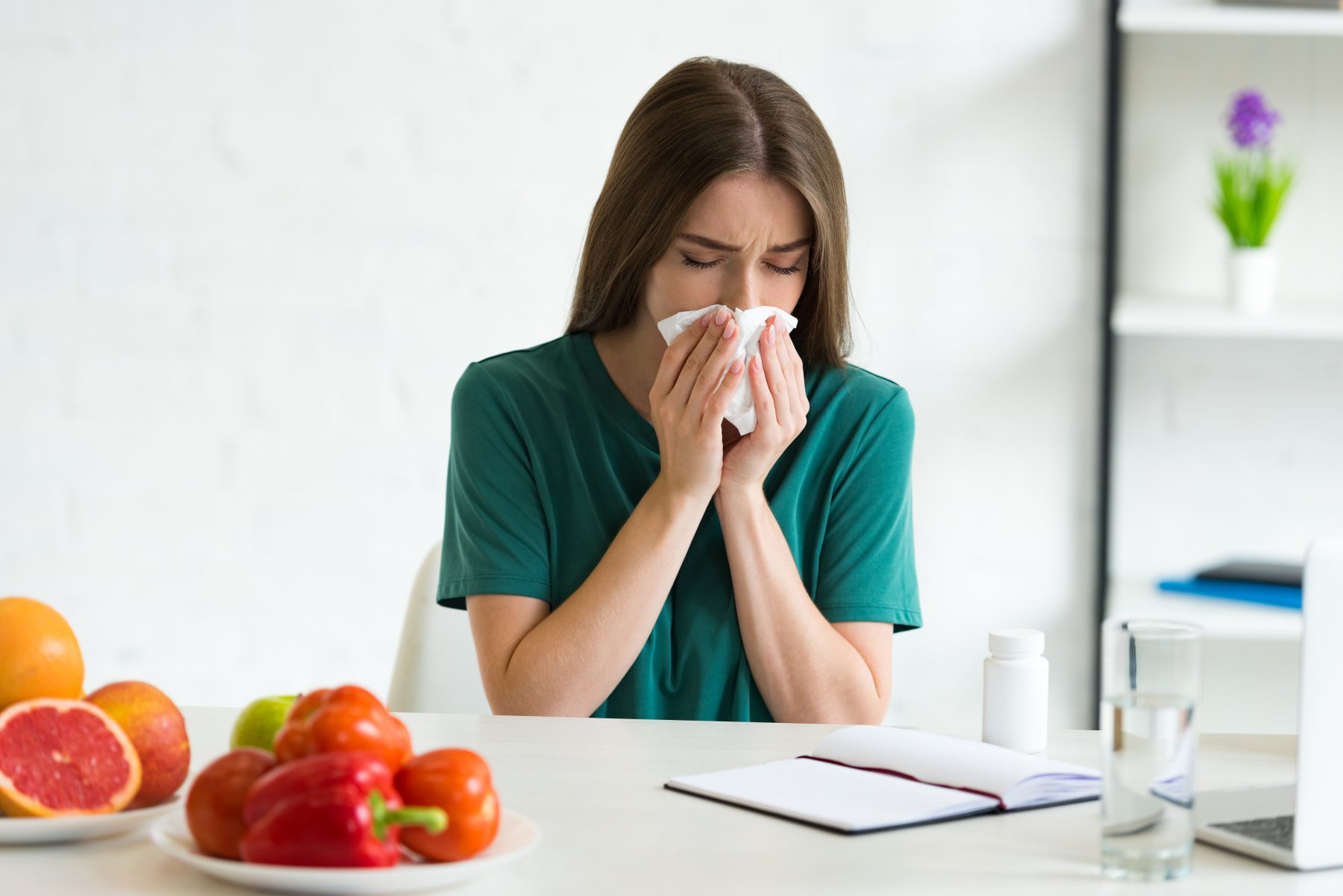
EP 46: Treatment for Allergies
Allergies got you feeling down this year? Don’t worry… Dr. Agolli and Dr. Burdette discuss the types of treatments for allergies in this episode:
- What is a detoxification program and how can it help your allergies?
- The types of vitamins and minerals which can help treat allergies.
- Nutritional treatments for allergies.
- The types of botanicals which can help treat allergies.
What are allergies, exactly? Allergies are an overreaction of the immune system to substances that are usually harmless. These substances are called allergens and can include pollen, dust mites, mold spores, pet dander, insect stings, and certain foods. The immune system produces antibodies that identify a particular allergen as harmful, even though it isn’t. When you come into contact with the allergen again, your immune system’s reaction can inflame your skin, sinuses, airways or digestive system. How? through the release of histamine from an IgE reaction.
IgE binds to cells in the presence of specific antigens (substances such as allergens that provoke an immune response) 1. The binding sets off a chain reaction that causes the cells to release chemical immune mediators (such as histamine), which are responsible for the symptoms of an allergic reaction 1. Once an antigen cross-links to the bound IgE, a cell-signaling cascade is initiated 2. Degranulation of the mast cell is activated immediately 2. IgE primes the IgE-mediated allergic response by binding to Fc receptors found on the surface of mast cells and basophils 3. Fc receptors are also found on eosinophils, monocytes, macrophages and platelets in humans 3.
Seasonal allergies are also referred to as environmental allergies, and these are the types of reactions you have to tree, grass, and weed pollens as well as molds. Different pollens peak at different seasons. According to the Centers for Disease Control and Prevention (CDC), about one-quarter (25.7%) of adults in the United States had a seasonal allergy in 2021 1. This percentage is higher among white, non-Hispanic adults (28.4%) compared to Black, non-Hispanic (24%), Hispanic (18.8%), and Asian, non-Hispanic (17%) adults 2. The CDC also reports that about 18.9% of children in the United States have seasonal allergies 3.
